The Cultured Buttermilk Market is currently characterized by a dynamic competitive landscape, driven by increasing consumer demand for health-oriented dairy products and the rising popularity of fermented foods. Key players such as Dairy Farmers of America (US), Nestle S.A. (CH), and Danone S.A. (FR) are strategically positioning themselves through innovation and regional expansion. Dairy Farmers of America (US) focuses on enhancing its product portfolio with organic and probiotic options, while Nestle S.A. (CH) emphasizes sustainability in its sourcing and production processes. Danone S.A. (FR) is actively pursuing partnerships to bolster its market presence, particularly in emerging economies, thereby shaping a competitive environment that is increasingly focused on health benefits and sustainability.
In terms of business tactics, companies are localizing manufacturing to reduce costs and improve supply chain efficiency. The market appears moderately fragmented, with several players vying for market share, yet the collective influence of major companies is significant. This competitive structure allows for a variety of product offerings, catering to diverse consumer preferences while fostering innovation across the sector.
In August 2025, Dairy Farmers of America (US) announced a partnership with a leading probiotic culture supplier to enhance the nutritional profile of its cultured buttermilk products. This strategic move is likely to strengthen its market position by appealing to health-conscious consumers and differentiating its offerings in a crowded marketplace. The emphasis on probiotics aligns with current consumer trends favoring gut health, potentially leading to increased sales and brand loyalty.
In September 2025, Danone S.A. (FR) launched a new line of organic cultured buttermilk products aimed at the premium segment of the market. This initiative not only reflects the growing consumer preference for organic products but also positions Danone as a leader in the premium dairy segment. The introduction of these products may enhance brand perception and attract a demographic willing to pay a premium for perceived health benefits.
In July 2025, Nestle S.A. (CH) unveiled a sustainability initiative focused on reducing carbon emissions in its dairy supply chain. This initiative is indicative of a broader trend within the industry towards environmental responsibility, which is becoming increasingly important to consumers. By prioritizing sustainability, Nestle is likely to enhance its brand image and appeal to environmentally conscious consumers, thereby gaining a competitive edge.
As of October 2025, the Cultured Buttermilk Market is witnessing trends such as digitalization and AI integration, which are reshaping competitive dynamics. Companies are leveraging technology to optimize production processes and enhance customer engagement. Strategic alliances are becoming more prevalent, allowing companies to pool resources and expertise. Looking ahead, competitive differentiation is expected to evolve from traditional price-based competition to a focus on innovation, technology, and supply chain reliability, as companies strive to meet the growing demand for high-quality, sustainable products.


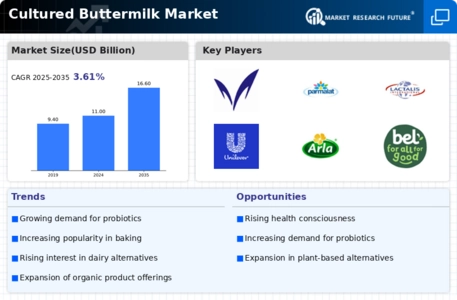
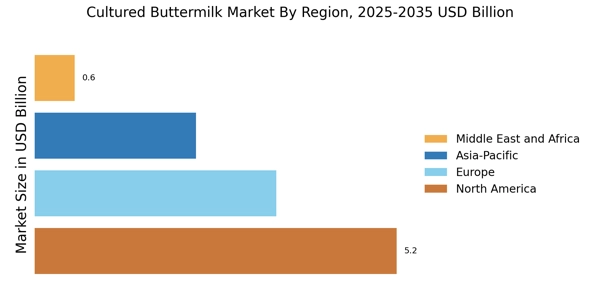

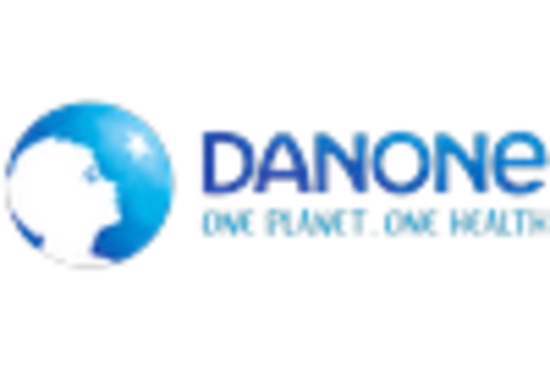
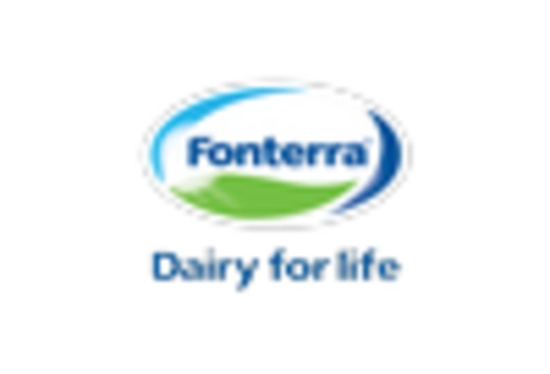

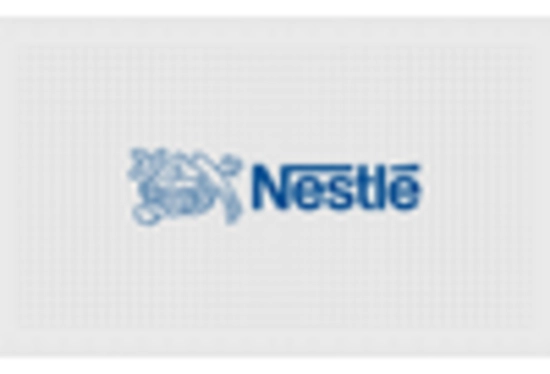
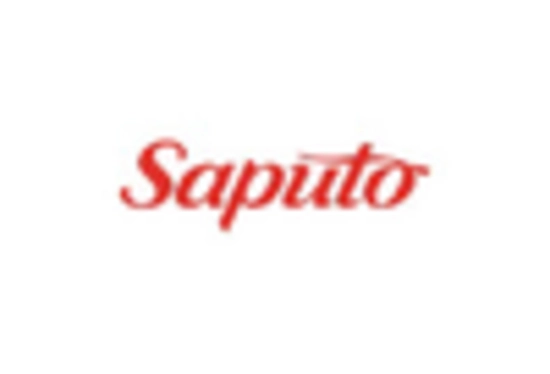








Leave a Comment